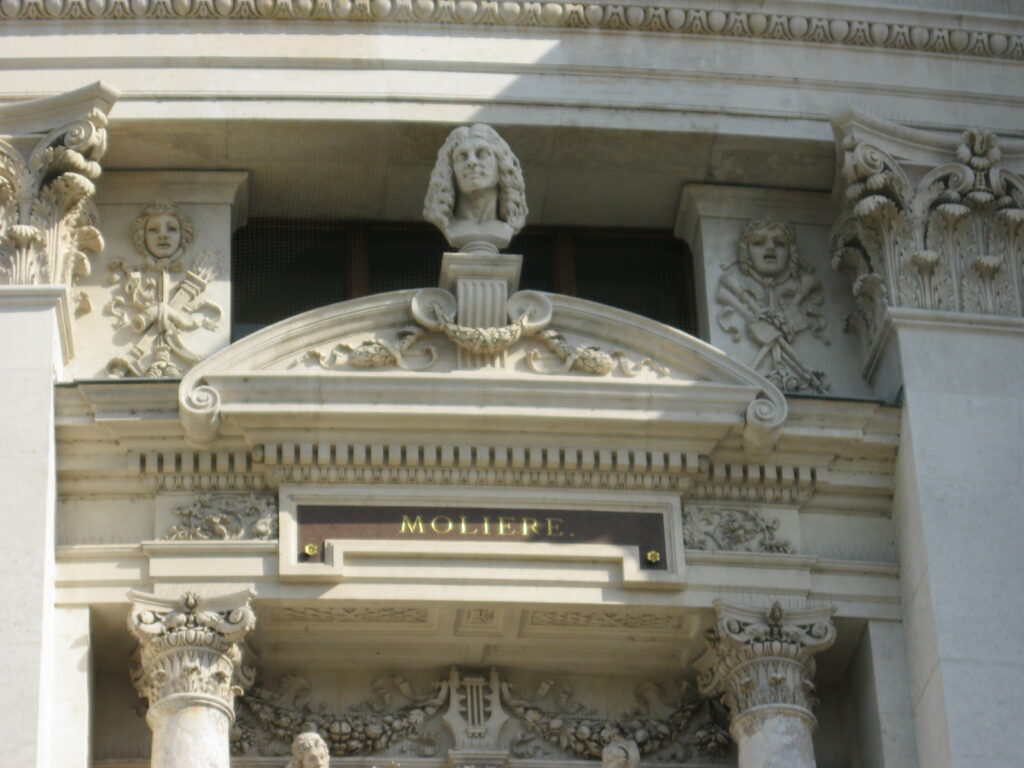In the final video from the free inquiry process, I go through nearly everything that a new video editor would want to know, from how to set up their space and what equipment to use, to the steps required to create a few of the more common and versatile effects. Over the course of this video, I hope to make the learning I’ve achieved in this course clear, and to pass some of it on to you.
Reference Materials:
Kdenlive installation: https://kdenlive.org/en
OBS installation: https://obsproject.com/
Blender installation: https://www.blender.org/
Kdenlive documentation: https://docs.kdenlive.org/en/
Blender documentation: https://docs.blender.org/manual/en
Music Attribution:
sleepwalking by airtone (c) copyright 2022 Licensed under a Creative Commons Attribution (3.0) license. https://dig.ccmixter.org/files/airtone/65416
reNovation by airtone (c) copyright 2019 Licensed under a Creative Commons Attribution (3.0) license. https://dig.ccmixter.org/files/airtone/60674
shimmer by airtone (c) copyright 2022 Licensed under a Creative Commons Attribution (3.0) license. https://dig.ccmixter.org/files/airtone/64622
Between Worlds (Instrumental) by Aussens@iter (c) copyright 2017 Licensed under a Creative Commons Attribution (3.0) license. https://dig.ccmixter.org/files/tobias_weber/56664 Ft: (Smiling Cynic)
https://pixabay.com/music/ambient-lost-in-reverie-ambient-286550/
Sound Effect Attribution:
https://pixabay.com/sound-effects/boom-2e-spooky-237006/
https://pixabay.com/sound-effects/deep-metal-clang-87901/
https://pixabay.com/sound-effects/fast-whoosh-118248/
https://pixabay.com/sound-effects/power-down-89297/
https://pixabay.com/sound-effects/large-ball-bounce-104128/
https://pixabay.com/sound-effects/microwave-oven-32489/
https://pixabay.com/sound-effects/whoosh-motion-243505/
https://pixabay.com/sound-effects/spawn-sound-43782/
https://pixabay.com/sound-effects/plate-topple-spin-102028/
https://pixabay.com/sound-effects/appearance-effect-6733/
https://pixabay.com/sound-effects/chopping-lettuce-34670/
https://pixabay.com/sound-effects/computer-mouse-click-double-click-and-triple-click-140106/
https://pixabay.com/sound-effects/ding-small-bell-sfx-233008/
https://pixabay.com/sound-effects/screech-01-brvhrtz-237515/
